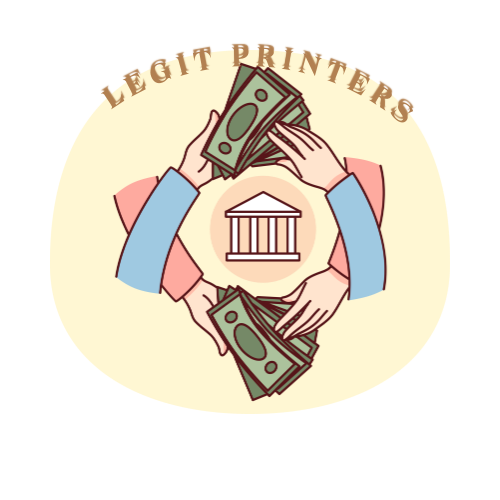- Contact official authorities
- Central banks (e.g., Reserve Bank of India, Bank of England, Federal Reserve) and national police/secret service units often cooperate with academic research and may grant access to seized specimens or testing data for legitimate projects.
- Law-enforcement contact example: “request access to de-identified seized specimens or datasets for academic research.”
- Use museum / archival collections
- Numismatic museums and university archives sometimes hold historical forgeries and can provide images or samples for study.
- Academic literature & databases
- Search Google Scholar, JSTOR, IEEE Xplore, ScienceDirect for terms like:
- “counterfeit banknote detection”
- “currency forensics”
- “forensic document examination banknotes”
- “numismatic forgery history”
- Look for papers from forensic science, criminology and materials science journals.
- Search Google Scholar, JSTOR, IEEE Xplore, ScienceDirect for terms like:
- Technical standards & white papers
- Currency printer manufacturers and anti-counterfeiting technology providers publish white papers on security features and detection methods (watermarks, security threads, IR/UV responses, microprinting, holograms).
- Central banks publish banknote specifications and security feature guides that are useful for analysis (these are public).
- Forensic labs & professional associations
- Reach out to forensic document examiners, the International Association for Identification (IAI), or local university forensic science departments for collaboration or mentorship.
- Open datasets & images
- Some law-enforcement reports include de-identified photos of counterfeit notes. Use those or high-resolution scans from museums for image analysis instead of real illegal currency.
- Simulated / synthetic data
- For testing detection algorithms, create synthetic or simulated counterfeit images (clearly labelled as simulated) based on public descriptions of security features — or use manipulated public-domain images while maintaining clear ethical/legal labelling.
How I can help right now
- Draft a polite email to a central bank, forensic lab, or museum requesting access to materials for research.
- Build a literature-search strategy and a list of scholarly articles and keywords.
- Create a short research plan and ethics statement you can use when contacting institutions.
- Provide an annotated bibliography or summarize relevant public reports on counterfeit detection and impact.

